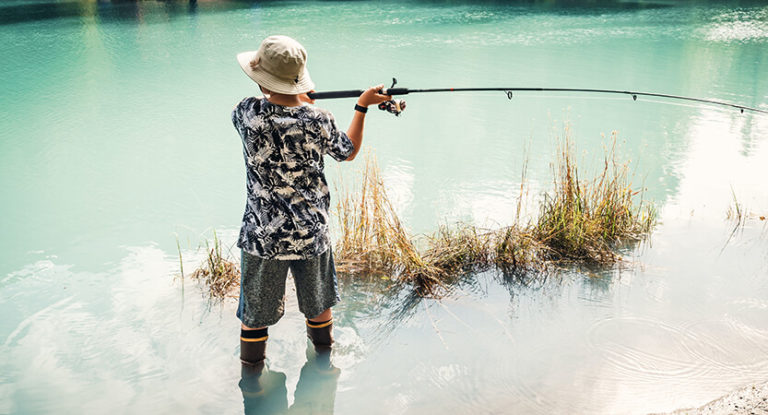Sometimes the fish bite on everything, shaking the imagination of even experienced fishermen with unprecedented zhory and attacking almost a bare hook, and sometimes you have to resort to all kinds of “dancing with a tambourine” so as not to come home with an empty cage. The main thing in this case is the skill of the angler, but objective factors cannot be disregarded. Foremost among them is the weather. Let’s figure out in what weather it is better to fish, and what period it is better to sit at home.
Let’s make a reservation right away that nature does not have bad weather. Another thing is that in bad weather you have to show the maximum skill and creative approach to the process. Today we will talk about the main weather phenomena that can affect the performance of fishing, and what to do if the trip to the pond did not come at the best time. If desired and diligent, even in raging bad weather or deafness, you can return home with some kind of catch.
Here is an overview of the content of this tutorial, feel free to jump to any section you care about:
For more fishing instructions, take a look at these popular Trizily links: Best Baitcasting Reels, Best Fly Fishing Reels.
Why fish react to atmospheric phenomena
Each living creature has its own comfort zone in which it feels good. Oscillations within this zone practically do not affect the behavior and lifestyle of the objects under consideration, but going beyond them entails noticeable changes.
The fish also has its own comfort zone. She is very sensitive to all kinds of atmospheric phenomena. It is especially sensitive to changes in temperature and pressure caused by the movement of air masses. This movement of air masses forms cyclones and anticyclones, cold and warm atmospheric fronts.
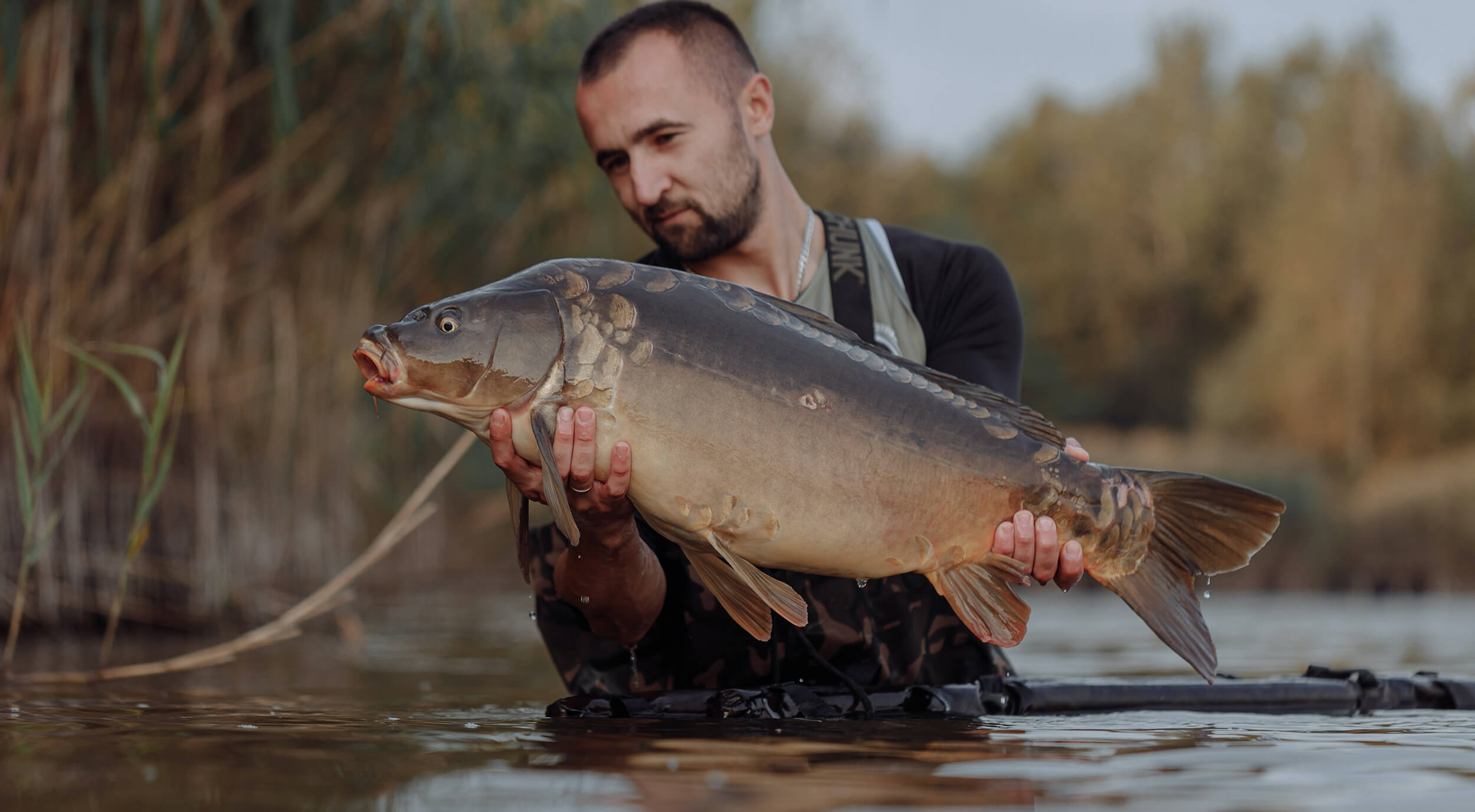
A warm atmospheric front brings an increase in temperature, a cold one – a decrease is expected. However, regardless of the temperature of the air masses, the front carries strong clouds and heavy precipitation. The faster the air masses move, the more sensitive the changes in the weather.
Cyclones are areas of low pressure that carry cloudy weather, gusty winds and rains (in winter – blizzards and snowfalls). Anticyclones, on the contrary, entail the stabilization of the weather: the sky is clearing, in the zone of their dominance a steady heat sets in in summer, in winter – crackling frosts with calm and no precipitation.
The best weather for fishing is a stable bucket at a stable comfortable temperature: at least it doesn’t bring any special surprises. The fish adapts to certain conditions and behaves as usual, reacting according to the standard scheme to the actions of the angler and the proposed baits.
What weather factors affect biting
Even among people who have adapted the environment for themselves, there are weather-dependent ones, let alone other representatives of wildlife. Representatives of freshwater ichthyofauna are distinguished by a rather high meteorological dependence, because they are forced to adapt to external conditions or fall into a state close to suspended animation, wait out an unfavorable time and then return to their usual way of life.
Among the factors affecting biting, the following should be noted (for convenience, we have arranged them in order of importance):
- Atmosphere pressure,
- temperature,
- wind,
- precipitation,
- cloudy.
Contrary to the common misconception, the phases of the moon have practically no effect on the activity of representatives of freshwater ichthyofauna, therefore, there is no need to study the lunar calendar on the eve of departure. The phases of the moon, of course, cause fluctuations in the water level, but they are invisible in freshwater reservoirs, and we are not going to fish in the seas and oceans yet.
Atmosphere pressure
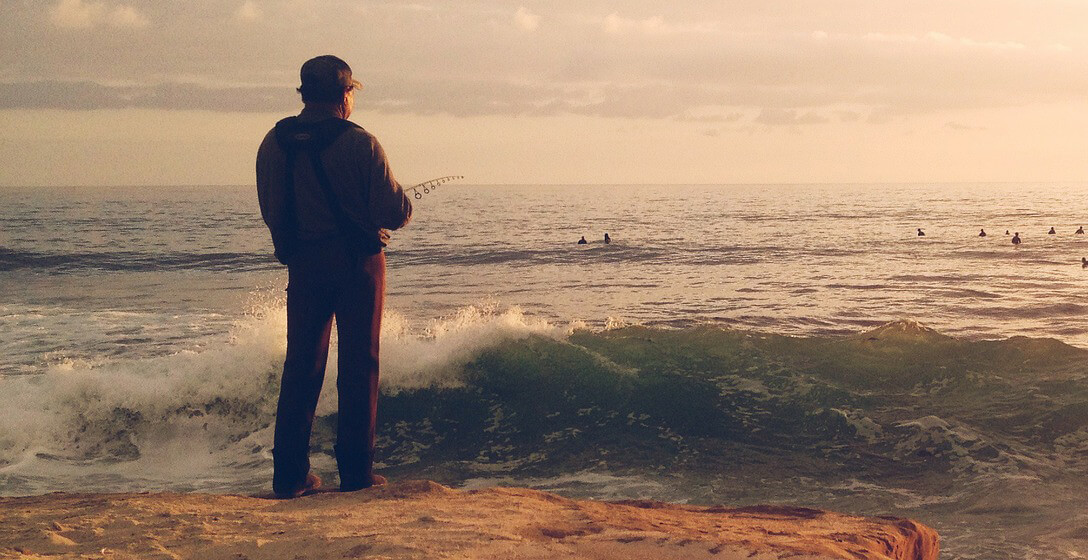
Before us is, perhaps, the most important weather factor affecting the biting of fish. The dependence of the behavior of representatives of freshwater ichthyofauna on the readings of the barometer has long been noted. However, sometimes the explanations for this fact lie in the realm of legends, in which even experienced fishermen sometimes believe.
The first legend: the fish clearly feels sudden changes in pressure and gets sick until it adapts to new conditions. This is a clear transfer of human sensations to the perception of representatives of freshwater ichthyofauna. We really feel when it “crushes” strongly, but the fish lives in the water, which already compresses it significantly. Moreover, the greater the depth of habitation, the stronger this makeshift hydraulic press.
In the course of research, it was found that every ten meters increases the pressure approximately on the atmosphere. What is there a few tens of millimeters of mercury if the fish changes depth many times during the day?
Legend two: a change in atmospheric pressure forces the swim bladder to expand or contract, as a result of which the fish loses its orientation and moves to the layer of water where it acquires neutral buoyancy. This is what is often explained by the increased gluttony when the weather worsens on the eve of the cyclone: the pressure drops, the bubble expands, the fish floats up and becomes available for fishing.
However, the factor of physiology is not taken into account here: representatives of the ichthyofauna at the level of instincts are capable of either “pumping up” the bubble, or releasing gases from it, so that it is elementary for them to adapt to any depth. And in general, the sharpest possible pressure drop will be felt for her as a change in depth of only half a meter, and this is not the value that is worth talking about.
However, there is a connection between atmospheric pressure and biting intensity. Sometimes during the period of a sharp decrease in pressure, activity decreases sharply. This can be explained by the natural instinct of the fish, which is “built” into it from birth. The fish anticipates bad weather on an instinctive level and goes to considerable depths to wait out the riot of the elements.
On the other hand, sometimes with a sharp decrease in pressure on the eve of a thunderstorm, the inhabitants of reservoirs, on the contrary, begin to show increased activity. This is connected with a change in pressure only indirectly: the wind rises, causing a wave, the layers of water are mixed and many fish delicacies rise to the surface. And insects that have fallen into the water due to wet wings will pleasantly diversify the menu.
Weather characterized by a steady pressure of 750 mm Hg. Art. is considered optimal for fishing. But an increase in the level of mercury is perceived negatively by representatives of freshwater ichthyofauna: it is better to wait until the pressure and weather stabilize.
Temperature

Before us is another factor that has already been directly and proven influencing the behavior of representatives of the ichthyofauna. Pisces are cold-blooded creatures in the truest sense of the word: they are not able to sufficiently regulate body temperature. This means that outside certain temperature ranges, they become sluggish and significantly reduce activity. Under the most unfavorable conditions, they fall into complete immobility, reducing energy consumption to almost zero. With the onset of comfortable temperatures, the fish comes out of a state of suspended animation and gradually increases its activity.
Oddly enough, a decrease in temperature is more calmly tolerated by fish: it gradually decreases activity, falls into suspended animation, but if the water is not frozen, it calmly comes out of this state. Moreover, some species (for example, perches) sometimes survive freezing. But the intense heat can even kill the fish.
Sudden changes in temperature can shock the freshwater fish fauna. Fortunately, the water temperature is not equivalent to that of the air – they have different heat capacity. The water cools and heats up much more slowly, which gives the fish time to adapt to the vagaries of the weather.
Another important indicator depends on the temperature – the saturation of water with oxygen. The lower the temperature, the better oxygen dissolves in it. And here comes the contradiction: the warmer the water, the more active the fish and the more oxygen it needs. Therefore, in too warm water the fish can simply “suffocate”.
Each fish species has its own optimal temperature range. Predators (perch, pike, pike perch) are distinguished by the highest cold resistance: they rarely fall into winter suspended animation and even begin to spawn earlier than peaceful representatives of the ichthyofauna, immediately after the ice drift. The recognized champion in this category is brook trout and burbot, which breed even in winter. The exception to the rule is the catfish – the river giant is very thermophilic: it is one of the first to hibernate, along with carp and crucian carp.
Conclusion: it is better to fish when the water temperature is close to optimal for its species. Summarizing the above, we note: a mild temperature in the range of 15-20 o C is ideal for almost all representatives of the freshwater ichthyofauna.
Wind

Wind is the third most important weather factor for fish. True, it affects the behavior of representatives of the ichthyofauna only indirectly: under water, the strength and direction of the wind are not felt.
It has long been noted that the east and north winds bring with them a decrease in fish activity, at least in the northern hemisphere. In most regions, such air currents are characterized by low temperatures and signify a cold snap, which is frankly not to the liking of most representatives of the ichthyofauna. But if at sea fishing this sign works unambiguously, then in freshwater reservoirs and rivers the situation is not so unambiguous. It happens that anglers return home with a rich catch, even with a fairly pronounced North or East.
Any wind generates ripples, and if it is strong enough, then a wave. If the wind is sufficiently stable, then a reverse deep current is formed near the leeward coast, which washes away the maximum of fish “goodies” from the bottom. In addition, the sound of waves beating against the shore does not disturb the fish, but it well masks the presence of the angler and the sounds he makes. This means that with a stable wind in any direction, an angler facing him will be able to catch very respectable specimens at the bottom. However, it is necessary to take into account the fact that the headwind greatly interferes with the casting, and the wave interferes with the recognition of the bite.
However, in windy weather, fish are more often caught on the opposite shore, making a choice in favor of their own comfort. However, small individuals and species living near the surface bite well there, you just need to choose the appropriate depth. Usually, on the windward coast, representatives of freshwater ichthyofauna are concentrated directly near the surface, collecting a rich harvest of insect fall.
In spite of the above, the southerly and westerly winds are still more favorable for the majority . But whatever the direction, a strong wind, and even more so a storm, does not contribute to biting. This is perhaps the most unfavorable weather factor – the inhabitants of reservoirs go to the depth and freeze in order to wait out the bad weather.
Precipitation
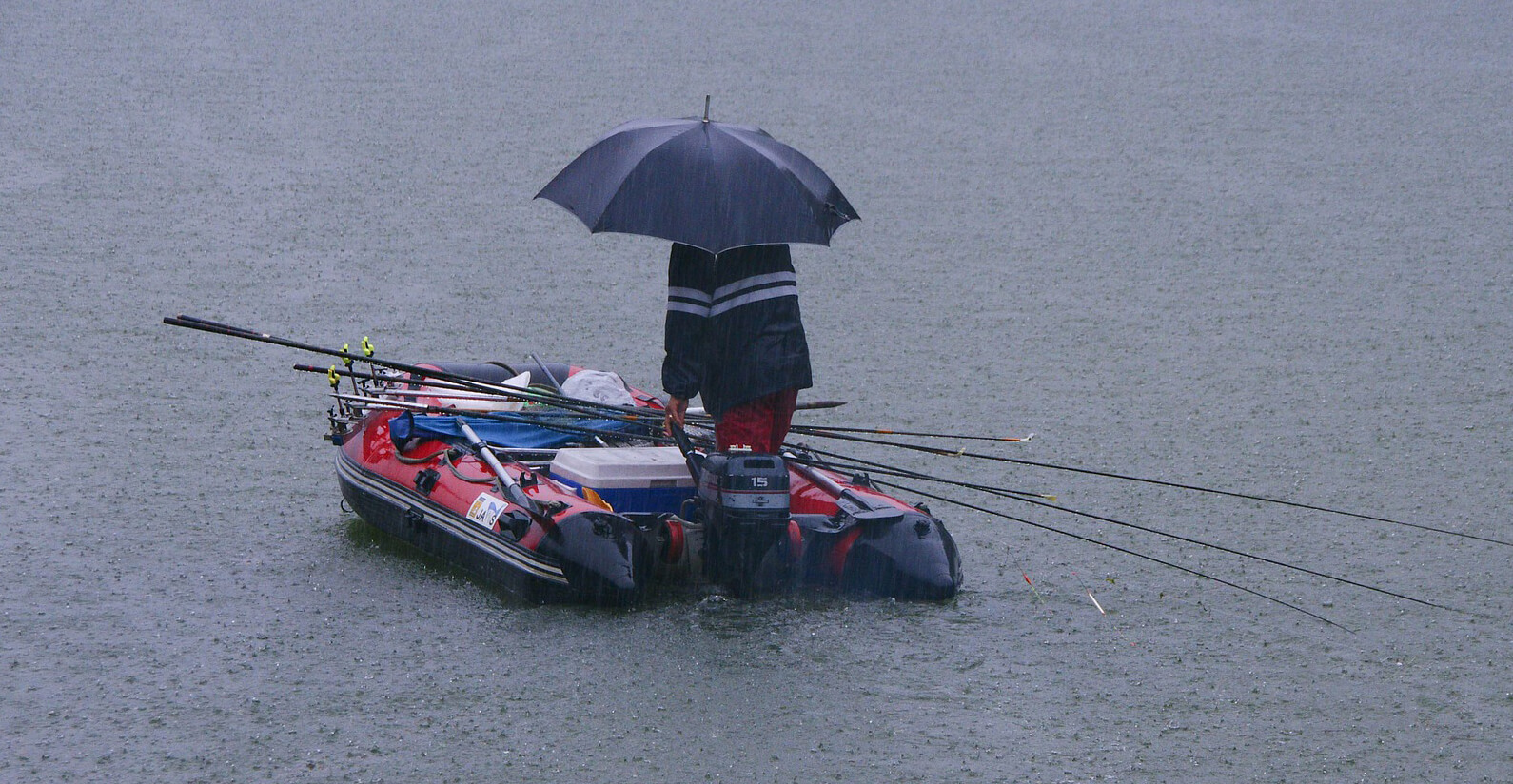
By itself, rainfall means little to a fish: it already lives in the water. However, the accompanying bad weather has a negative impact on the representatives of freshwater ichthyofauna. Intense weather with hail is especially unfavorable for fishing.
On the other hand, many anglers note the fact that on the eve of the rain and during it, the fish went crazy and rushed to any proposed bait. As a rule, we are talking about a dispute of rain with a slight wind, which is really able to “revive” representatives of freshwater ichthyofauna, especially after a long period of heat. The fact is that during a rain with a light breeze, the layers of water are mixed, cooled and saturated with oxygen.
During prolonged rains, a lot of worm beetles, attractive to fish, are washed into the water from the shore. However, with prolonged downpours, the water becomes cloudy, its level rises, which is perceived negatively by the fish.
The snow falling from the sky does not interest the fish at all – it does not notice it at all, especially when the reservoirs are frozen in ice. However, during the spring thaws, melting snow works similarly to rain: it enriches the water with oxygen and brings food. But with a flood, again, the water becomes cloudy, rises, and it becomes uncomfortable to fish.
Cloudiness
The presence of cloudiness is perceived by fish from a single point of view: lighter or darker. On the one hand, in conditions of good visibility, food is better visible, on the other, the fish itself becomes more accessible to a natural enemy. In addition, in summer, clear days are usually marked by steady heat, and this, as we found out, no fish likes.
However, clear sunny weather without a single cloud in spring and autumn is preferable. Fish at this time are quite active and hungry, and cloudiness makes it difficult to find food.
For some species, stable cloudiness is associated with favorite twilight, therefore, for example, pike perch picks up better in cloudy weather. And some representatives of the ichthyofauna do not pay attention to this factor at all: the same grass perch loiters across the reservoir in search of food, regardless of the presence of clouds.
Best Fishing Weather by Season
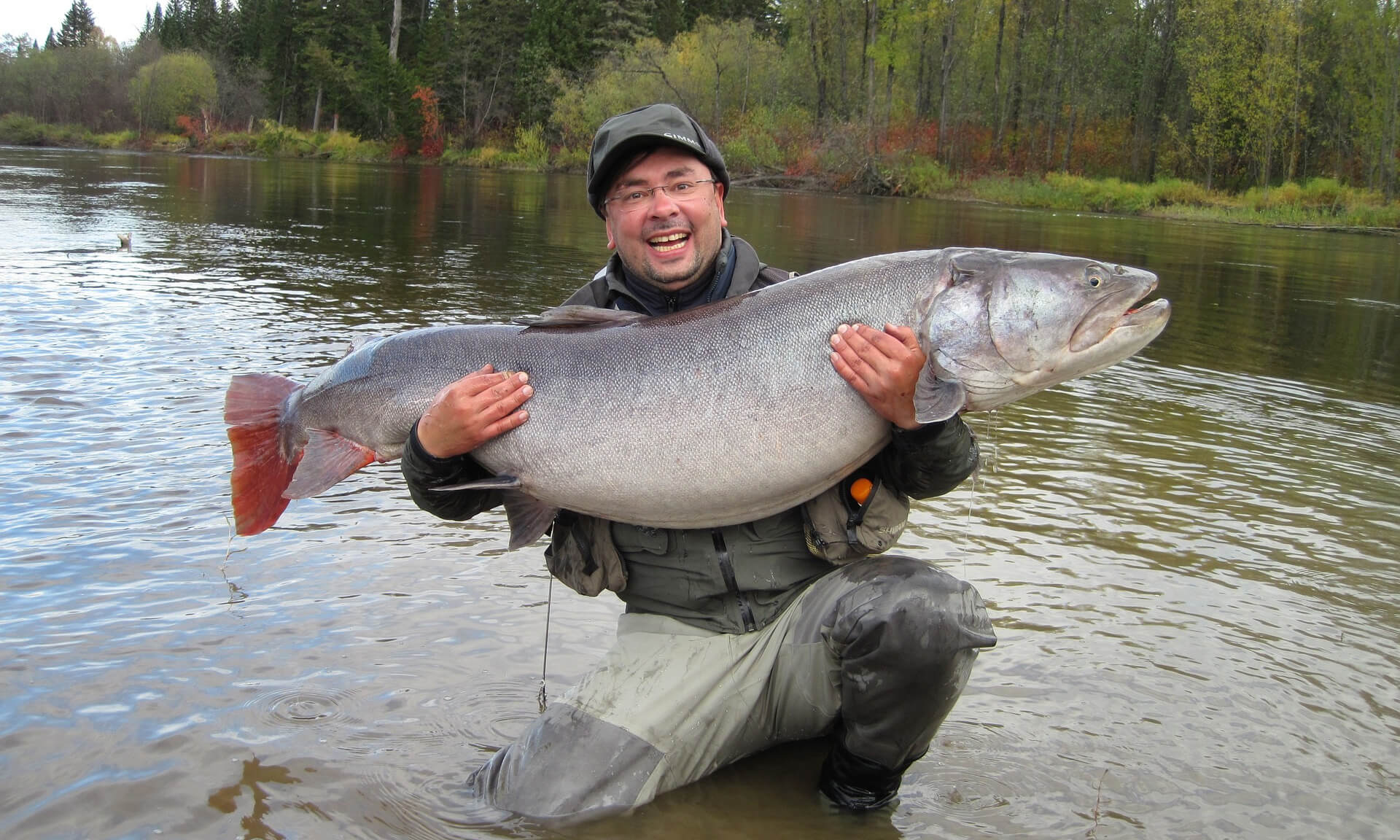
The best weather is an indirect concept, not universal for each water body, and even more so for the climatic zone. Local conditions can make their own adjustments to the correlation between bite and weather conditions. The choice of optimal conditions also depends on the specialization of the fisherman: what is good for a carp angler is not very good for a burbot hunter. However, anglers who specialize in catching specific representatives of ichthyofauna usually have enough experience to return with their catch in any weather.
But the most important in this regard is the fishing season. Weather factors that positively affect the biting of fish in the spring can transform into negative ones with the onset of summer heat and neutral in winter frost.
Let’s understand the optimal weather conditions in relation to the fishing seasons.
Summer
In terms of comfort for the angler, summer is the best time to go out. Short-term heavy rains, even with thunderstorms and gusty winds, have a positive effect on biting: in most cases, it takes best immediately after they stop. But prolonged bad weather with strong cold winds and a significant drop in temperature negatively affect the activity of fish.
Prolonged, sustained heat also cannot be called a favorable factor: in the first days the chances of a good catch are high, but they melt with each dry day. At this time, the nibble shifts to dawn and dusk, and large specimens go out in search of food at night.
Dry, cool weather with light cloudiness can be called optimal: the fish can peck at a not too high, but constant intensity for almost the whole day, and without unnecessary tricks on the part of the angler.
Autumn
Autumn is the most unpredictable time for fishing : biting is almost impossible to predict. The water gradually cools down, but in the first months, fish preparing for winter often come to the shore in search of food. Most often this happens on clear sunny days. In a word, the beginning of autumn is the most favorable time.
In most cases, in bad weather and cold in the fall, there is nothing to do on the pond. However, experts in burbot fishing claim that freshwater cod bite especially zealously in such weather.
In November, the fish begins to massively retreat to the wintering pits, and the biting of peaceful representatives of the ichthyofauna practically stops. But more cold-resistant pike and perch are still well caught in more or less calm weather.

Winter
First ice is a great time for fishing: fish (especially a predator) are actively biting. However, one should not discount the risk factors: it is simply dangerous to move on ice less than 7 cm thick.
The most favorable weather is clear days with a little frost. The fish bite especially well when clear, windless weather lasts for several days, and the thermometer does not drop below -20 o C. Perch (however, it is generally not picky about weather conditions) and pike are especially active at such a time. But if bad weather breaks out with blizzards, except for burbot, hardly anyone will fall on the hook.
For a long time, the crackling frosts mark the onset of the wilderness – the most unfavorable time for fishing.
During thaw periods with cloudy weather and snowfall, roach and all other peaceful inhabitants of water bodies, excluding the most thermophilic, bite especially well. And where there is a roach, there is a predator hunting it.
On the last ice, with a southerly wind and a sharp warming, intensive melting of snow occurs, which, as if by magic, activates the fish biting to the degree of gluttony.
Spring
In early spring, the arrival of the long-awaited warmth is marked by intense snow melting and destruction of the ice cover. The first sunny days and weeks are very favorable for fishing: the fish greedily devour food, preparing for the breeding season. Moreover, this happens both on the last ice and immediately after the ice drift.
But the flood in any weather negatively affects the biting of the fish: the elements are raging, there is no visibility in the muddy water, it is difficult to catch. Nevertheless, in stable, clear weather, it is quite possible to spend time comfortably on a calm water body.
When fishing in the spring, it is necessary to take into account not only the atmospheric phenomena, but also the calendar: at this time, most of the representatives of the freshwater ichthyofauna enter the breeding period . Therefore, on the eve of departure, it is worth asking at what time spawning restrictions are introduced in your region and how they are expressed.

Fishing tips
A good fisherman will be able to secure his catch even in the presence of negative natural factors, the main thing is to be able to adapt to them. We offer you some recommendations for “practical adaptation”:
- In windy weather, it is better to fish with a float from the windward shore, practically near the surface, for bottom gear – from the leeward shore .
- At the beginning of bad weather, it is not necessary to collect fishing rods and rush home: just at this time, the predator announces the hunting season for the numb trifle, and large peaceful fish continues to feed intensively.
- You can always find a way to “stir up” a sluggish fish: you can play with bait near its nose or try to change the bait, offering a variety of delicacies to capricious potential prey.
- The reason for the bite may not lie in the weather, but in the wrong place. Try to change your location.
- Do not neglect the experience of experienced fishermen: carefully observe how and what the “old-timers” of the reservoir catch in specific conditions.
There is no bad weather! This is partly true for fishing: an experienced angler will be able to adapt to almost any conditions and will return home with any catch. Learn from experience!

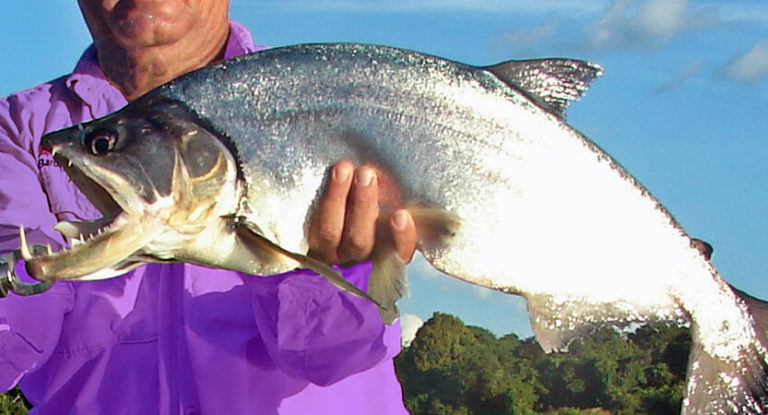
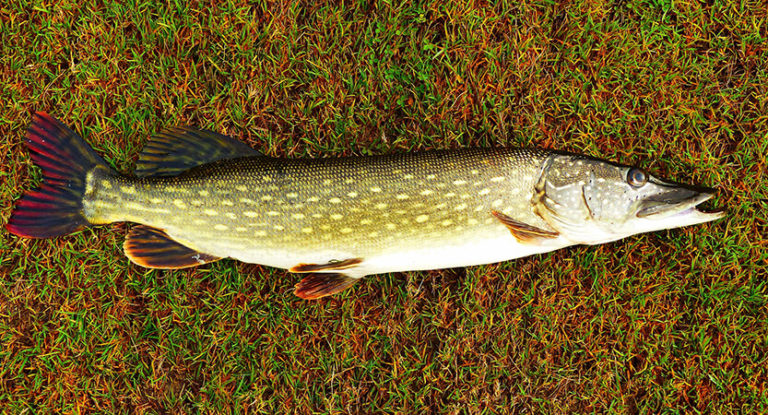
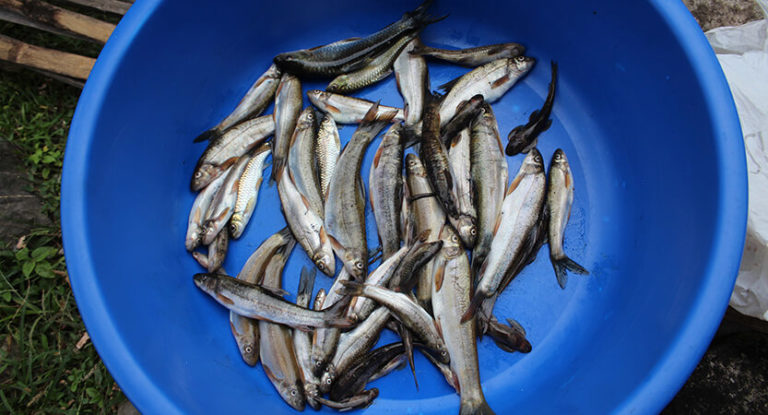
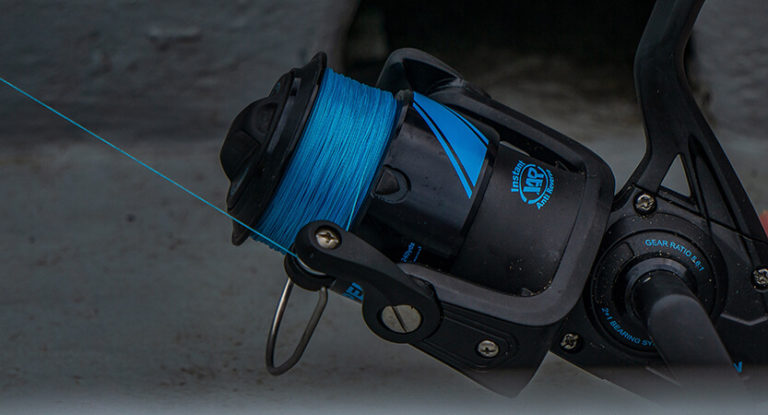
![Top 10 Best Fishing Watches Reviewed [Buyers Guide] 13 Top 10 Best Fishing Watches Reviewed [Buyers Guide]](https://trizily.com/wp-content/uploads/2022/03/best-fishing-watches-768x768.jpg)
